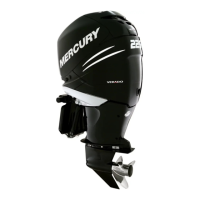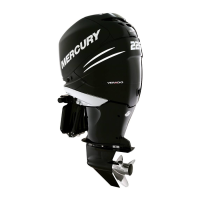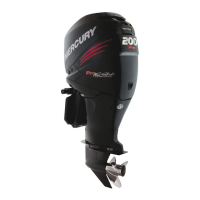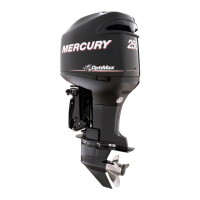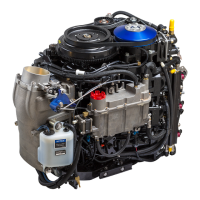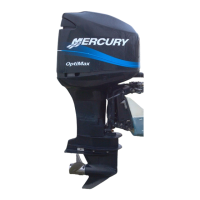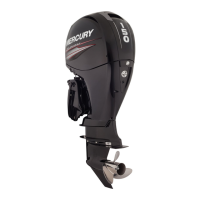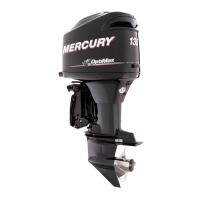Fuel Pump
90-8M0050731 MAY 2011 Page 3A-7
NOTE: Before proceeding with the system vacuum test, confirm that the lift pump is capable of delivering the required vacuum.
To do this:
a. Pinch off (restrict) the fuel supply hose between the vacuum gauge and the fuel tank.
b. The vacuum gauge reading should exceed 2.5 in. Hg. If the lift pump fails to reach 2.5 in. Hg, replace the lift pump
assembly.
c. Release the restriction.
d. Continue with the system vacuum test.
8. Observe the clear fuel line for air bubbles.
9. The vacuum gauge reading should be within the listed specification when the pump is active.
NOTE: A vacuum reading above the listed specification is an indication of a restriction between the gauge and the fuel supply.
a - Engine fuel line
b - Clear fuel line
c - T‑fitting
d - Boat fuel line
Fuel Lift Pump Vacuum
At idle 8.4 kPa (2.5 in. Hg)
Fuel Lift Pump/System Troubleshooting
Vacuum Test
This test is normally performed at idle speed. As engine speed increases, vacuum increase slightly. The increased vacuum reading
should not exceed the specification.
Vacuum Test
Normal reading Less than 2.5 in. Hg of vacuum
Reading greater than 2.5 in. Hg of vacuum
Restricted anti‑siphon valve
Restriction within the primer bulb
Kinked or collapsed fuel hose
Plugged water separating fuel filter (in the boat)
Restriction in fuel line through‑the‑hull fitting
Restriction in fuel tank switching valves
Plugged fuel tank pickup screen
Pressure Test
Install a clear fuel hose between the fuel pump and VST. Run the engine, and inspect the fuel passing through the hose for air
bubbles.
Problem: Air bubbles in the fuel line
Low fuel in tank. Fill tank with fuel.
Loose fuel line connection. Check and tighten all connectors.
Fuel pump fitting loose. Tighten fitting.
A hole or cut in fuel line. Check condition of all fuel lines and replace.
Fuel pump anchor screw loose. Tighten all screws evenly and securely.
Fuel pump filter cover anchor screw loose. Tighten screws securely.
a
b
c
d
4439
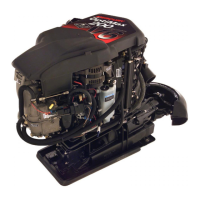
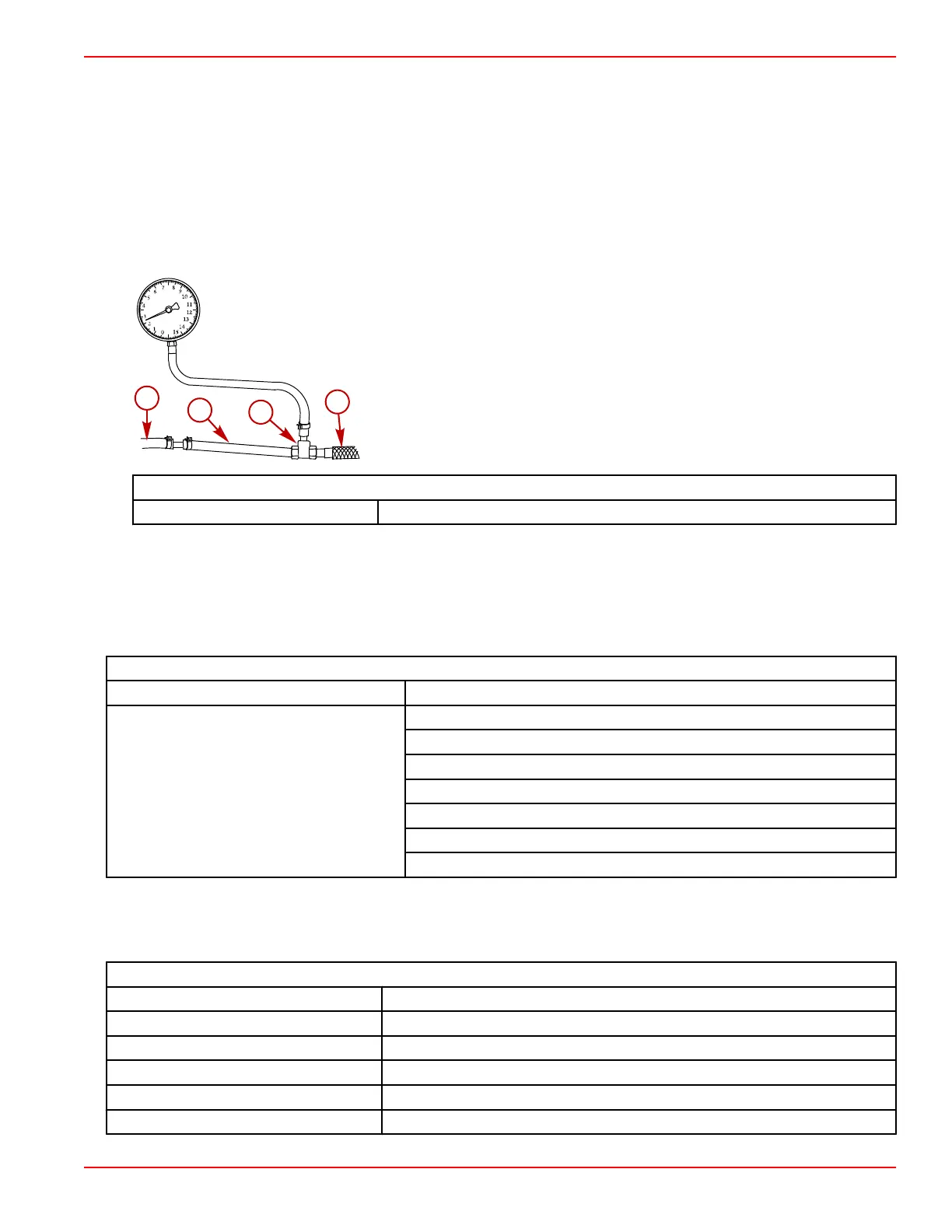